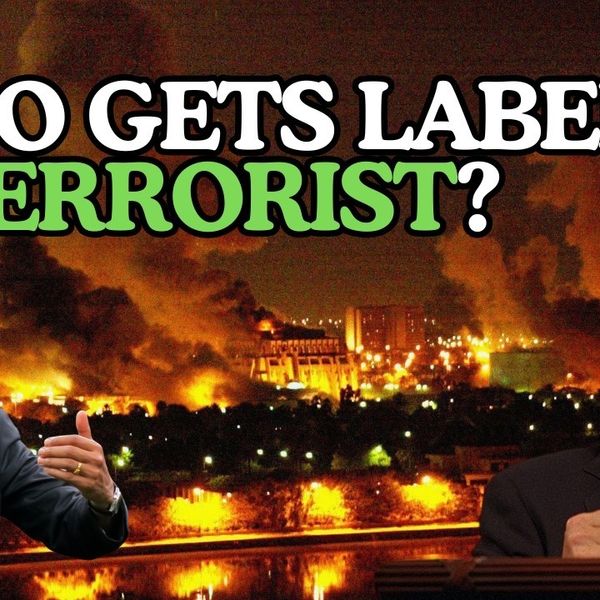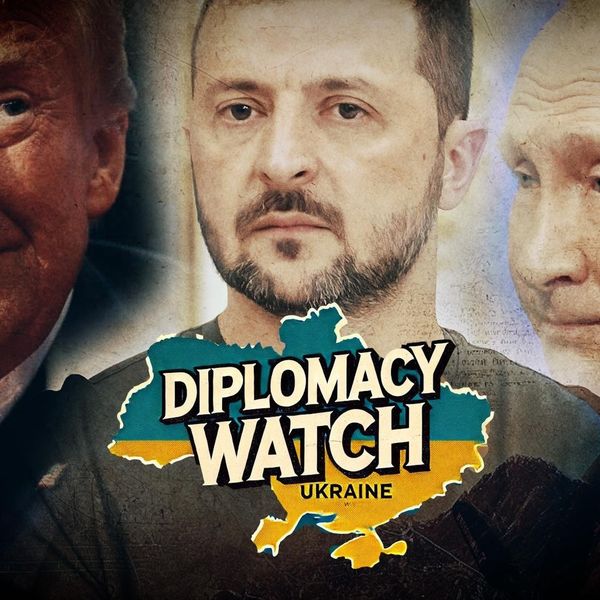The United States got it half right on Ukraine. That is the picture that emerges from the Washington Post’s extensive new reporting on the lead up to Russia’s invasion of Ukraine.
The Post advances a narrative that the Biden administration no doubt embraces: that the Intelligence Community performed superbly in providing early warning to the White House about the gathering storm, and that the White House did everything within its power to stop this invasion before it began by talking tough to Russian leaders, providing robust military support to Ukraine, and working to organize a united front among NATO allies.
This depiction rings only partially true. Certainly, the record on the Russian invasion represents a resounding success for American intelligence. And policymakers used the time afforded by early and accurate warnings from the IC to prepare Ukraine and NATO allies for the coming onslaught. Absent such preparation, Russia’s initial bid to seize Kyiv and sweep the Zelensky government quickly from power might have been far more successful.
Nonetheless, the Biden administration’s efforts to avert the war altogether come across as quite lacking. As Foreign Minister Sergey Lavrov put it during the weeks preceding the invasion, for Russia “the key to everything is the guarantee that NATO will not expand eastward.” But nowhere in Post’s account is there any mention that the White House considered offering concrete compromises regarding Ukraine’s future admission into NATO.
In fact, prior to his video meeting with Putin last December, as Russian forces were massing near Ukrainian borders and Putin was demanding that Washington forswear accepting Ukraine into NATO, Biden made his position quite clear to the White House press corps: “I don’t accept anybody’s red line.” Following that video meeting, National Security Adviser Jake Sullivan explained Biden’s reasoning: “He stands by the proposition that countries should be able freely to choose who they associate with.”
This is consistent with what Derek Chollet, counselor to Secretary of State Antony Blinken, told the War On the Rocks podcast in April: compromises over Ukraine’s NATO aspirations were not “on the table” in U.S.-Russia talks leading up to the invasion.
Instead, according to the Post Biden told Putin in the video meeting that “Ukraine was unlikely to join NATO any time soon.” The unstated implication by the Post was that such an assurance deprived Putin of any legitimate reason for concern. Ironically, however, Biden’s statement probably increased rather than decreased Putin’s alarm. Trust levels between Washington and Moscow have long been near zero, and the Kremlin has believed that the United States employs equivocal assurances about American intentions as a cover for deepening its military involvement in Ukraine and elsewhere along Russia’s periphery. Putin understands well that if Washington opposes Ukrainian membership in NATO, Kyiv cannot be admitted. Biden’s implicit suggestion that the United States lacks agency on this question was bound to ring hollow.
The Biden administration’s apparent belief that threats of draconian economic sanctions and stiff military countermeasures could prompt Putin to rethink the costs and benefits of an invasion was a fundamental misreading of Russia’s threat perceptions. Moscow has made clear for years that it regards Ukrainian and Georgian membership in NATO as a redline, something that would threaten Russia’s core security interests. In Georgia in 2008 and again in Ukraine in 2014, it had demonstrated that it was willing to use force to prevent such outcomes.
Attempting to deter Russia from enforcing that redline was a fool's errand. Vital national interests are just that — issues perceived as essential to a nation’s survival. By contrast, while Washington may have considered Kyiv’s NATO aspirations as desirable, no serious analyst considered them a matter of existential concern to Washington.
“Ukraine is a core Russian interest but not an American one, so Russia will always be able to maintain escalatory dominance there,” as Jeffrey Goldberg described then-President Obama’s view of the matter in 2016.
Given this reality, and given that the Biden team had initially proclaimed a goal of making US relations with Russia “stable and predictable” so it could focus on the rise of China, exploring a compromise would have made sense. Washington’s failure to seek a mutually acceptable diplomatic outcome in Ukraine is particularly striking given Zelensky’s own proposal, offered in negotiations over a settlement weeks after the Russian invasion, that Ukraine declare itself a neutral state, allied neither to the West nor Russia, with its security ensured by a group of international guarantors.
Would a compromise over NATO enlargement have averted what is proving to be a tragedy in Ukraine for all involved? We cannot know. But Americans deserve some real answers about the unwillingness to explore one. The Post’s article is the latest in a long line of reporting on this conflict that fails to ask the right questions.















